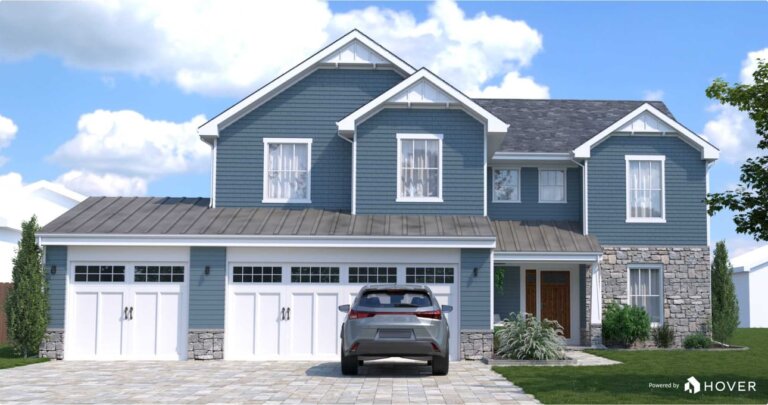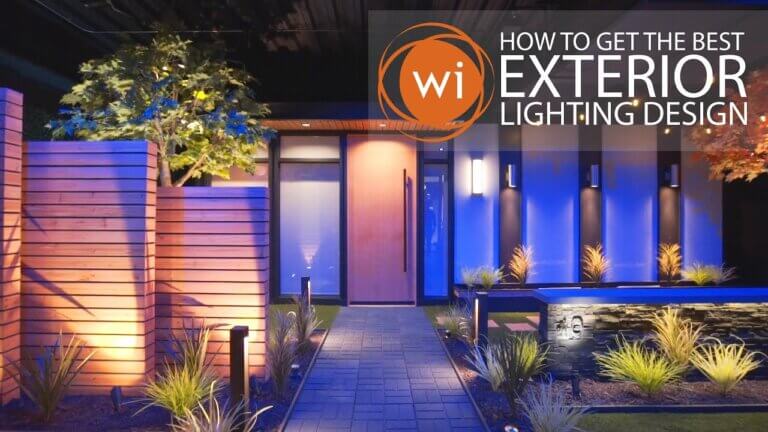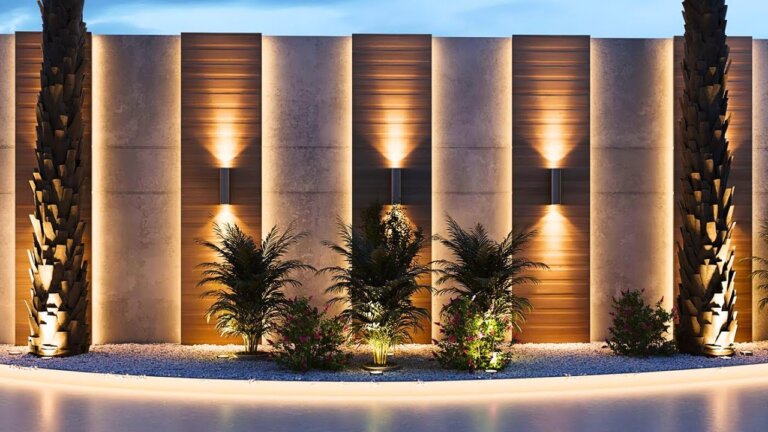Interior designers charge based on various factors. These can include project scope, designer experience, and location.
Wondering how much hiring an interior designer might cost? Their charges can vary widely. Some designers charge by the hour, while others use a flat fee or a percentage of the project cost. Understanding these methods can help you budget better for your design project.
We will explore the different ways interior designers charge for their services. By the end, you’ll have a clearer picture of what to expect and how to plan your budget effectively. So, let’s dive into the details and demystify the costs of hiring an interior designer.
Introduction To Interior Design Pricing
Knowing the cost of hiring an interior designer is key. It helps you plan your budget. Interior designers have different ways of charging. Some charge by the hour. Others have flat fees. There are also designers who charge a percentage of the project cost.
Understanding these methods can save you from surprises. It also helps you choose a designer that fits your budget. Knowing pricing also helps you compare different designers. This ensures you get the best value for your money.
Importance Of Knowing Pricing
Knowing pricing helps you avoid unexpected costs. It also helps in making informed decisions. You can plan your budget better. It ensures you are not spending more than you should. This knowledge helps in negotiating with designers.
Common Misconceptions
Many think hiring an interior designer is always expensive. Some believe designers only work on large projects. Others assume designers take over the whole project. In reality, designers can work within your budget. They can help with small projects too. Designers also work closely with you to achieve your vision.
Hourly Rates
Interior designers often use hourly rates for small projects. This method works best when tasks are quick and simple. Clients pay for the exact time spent. This is fair for both clients and designers. There are no hidden costs. Everyone knows what to expect.
One big advantage is transparency. Clients see every hour billed. They understand where their money goes. Another benefit is flexibility. Designers can adjust time as needed. But there are disadvantages too. Costs can rise if projects take longer. Clients might feel stressed watching the clock. It can also be hard to estimate the total cost upfront.
Interior Designers Charge Calculator – Estimate Your Interior Design Fees
Curious how much hiring an interior designer might cost? Use this Interior Designers Charge Calculator to estimate professional interior design fees based on the size of your home and the average rates per square foot in the U.S. Ideal for frame homes, apartments, and luxury spaces.
Interior Designers Charge Calculator
Flat Fees
Interior designers often charge flat fees for their services. This means a single, upfront payment covering all agreed work. This approach ensures clear budgeting for clients.
Project Types Suitable For Flat Fees
Flat fees work best for small to medium projects. These can include single-room designs or minor home renovations. The designer sets a fixed price for the entire job. This helps clients know the total cost upfront. Flat fees can also suit projects with clear scopes. Examples are kitchen remodels or bathroom updates.
Pros And Cons
Flat fees offer several advantages. They provide clear costs for clients. This helps with budgeting. Clients avoid unexpected charges. Designers also benefit from knowing their earnings. This can make planning easier. Yet, flat fees can have downsides too. If the project scope changes, fees may need adjustment. This can lead to disputes. Both sides must agree on the project scope beforehand.

Credit: www.idbs.online
Percentage Of Project Cost
Interior designers often charge a percentage of the total project cost. This means they take a small part of the total amount spent on the project. For example, if the project costs $10,000 and the designer charges 10%, the fee would be $1,000. This method ensures the designer’s payment aligns with the project’s scope.
This charging method works well for large projects. It is also useful when the project budget is uncertain. This way, the designer and client can adjust the budget as needed. For small projects, this method might not be the best. It can make the designer’s fee seem too high for simple jobs.
Cost-plus Method
The cost-plus method means designers charge a fee on top of item costs. This fee is a percentage of the item’s price. For example, if a chair costs $100, and the fee is 20%, you pay $120. This method covers the designer’s time and effort. You know how much each item costs. You also know how much the designer earns.
This method is clear and easy to understand. You see where your money goes. Yet, it might make items more expensive. Some clients worry about costs adding up. The designer’s profit grows with each purchase. So, clients must trust their designer. Some prefer fixed fees for peace of mind.
Consultation Fees
Interior designers charge consultation fees based on the project’s complexity and scope. Rates may be hourly or a flat fee. Always clarify costs upfront to avoid surprises.
Initial Consultation Costs
Interior designers often charge for the first meeting. This fee can be a flat rate. It might also be an hourly rate. Expect to pay anywhere from $50 to $200. The cost depends on the designer’s experience. Some designers offer free first meetings. They use this to attract new clients. Always ask about this fee upfront.
Ongoing Consultation Models
Designers may charge for ongoing advice. Some use hourly rates. Others prefer flat fees per project. A few charge based on the project’s total cost. This fee can be a percentage. Regular check-ins might also have a fee. Always agree on the model before starting. This avoids surprises later.
Combination Pricing
Interior designers often use a mix of pricing methods. They might charge an hourly rate for consultations. For bigger projects, they could use a flat fee. This makes budgeting easier for clients.
Sometimes, designers add a percentage of the project cost. This happens when they buy materials. A mix of methods ensures fair pricing. It helps cover all parts of the job.
Designers can also create custom pricing plans. These plans are based on the client’s needs. For example, a small project might have a lower fee. A large project might need a detailed plan.
Custom strategies give flexibility. Clients can choose what suits them best. This way, everyone is happy with the final result.

Credit: www.servicesutra.com
Factors Influencing Pricing
Interior designers with more experience often charge higher rates. They have a proven track record. Their skills are well-refined. New designers may charge less. They are building their portfolio. Expertise in certain styles can also affect cost. Specialized knowledge often comes with a premium.
Bigger projects cost more. They need more time and resources. A simple room makeover is cheaper. Complex designs require more planning. Custom furniture or unique materials add to the cost. More rooms mean more work. This increases the overall price. Each project is unique. Pricing varies accordingly.
Transparent Pricing Practices
Transparency in pricing helps clients trust interior designers more. It ensures there are no hidden costs. Clients want to know where their money goes. Clear pricing builds a strong relationship.
Clients must understand what they are paying for. Hidden fees can cause disputes. Transparency avoids confusion. It makes clients feel secure.
Provide detailed quotes. Break down all costs. Use simple language. Answer client questions quickly. Confirm everything in writing. This keeps both sides happy.

Credit: emilyaclark.com
Frequently Asked Questions
How Much Do Interior Designers Typically Charge?
Interior designers typically charge between $50 to $200 per hour. Rates vary based on experience and project scope.
Do Interior Designers Charge Per Hour Or Project?
Interior designers may charge either per hour or per project. It depends on their pricing structure and client needs.
Are Interior Designer Fees Negotiable?
Yes, interior designer fees can be negotiable. It’s best to discuss and agree on a budget upfront.
What Factors Affect Interior Designer Costs?
Several factors affect interior designer costs, including project size, designer experience, material quality, and location.
Conclusion
Understanding how interior designers charge helps you plan your budget better. Designers may charge hourly, by project, or with a flat fee. Each method has its own pros and cons. Knowing these can help you make informed choices. Always ask for a clear breakdown of costs.
This ensures no surprises later. A good design can transform your space and make it truly unique. Invest wisely in your design project. Happy decorating!

My name is Mahi Uddin, and I’m a blog writer with over two years of experience specializing in creating engaging, informative content using AI tools. I contribute to InExDecor.com, where I share creative ideas and practical tips for transforming interior and exterior spaces into beautiful, functional environments. With a passion for storytelling and a knack for blending creativity with technology, I strive to craft blogs that not only inform but also inspire readers. When I’m not writing, you can find me exploring design trends or enjoying a good book with a cup of coffee.








